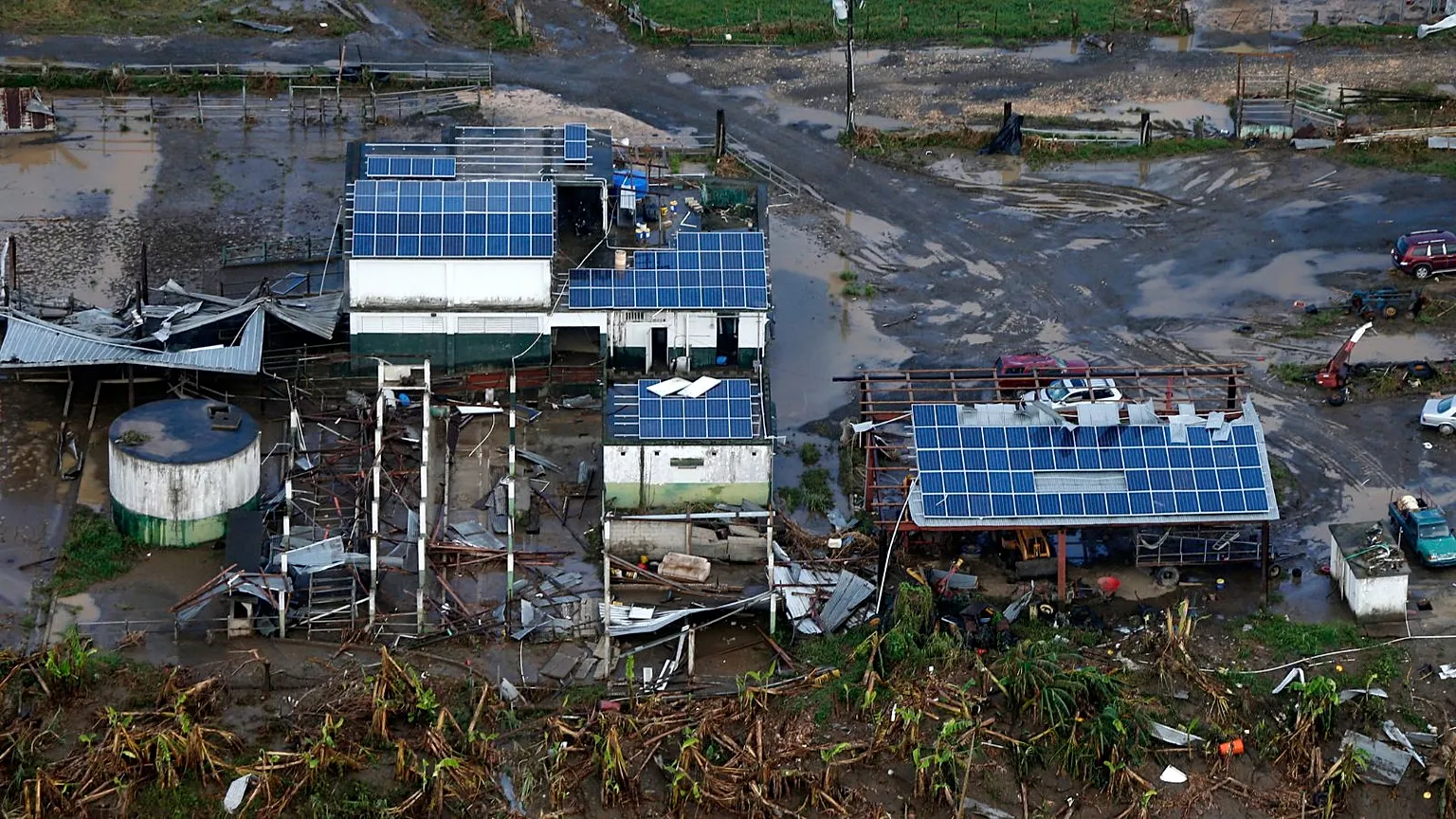
Texas homeowners know storms can hit fast — hail, high winds, lightning, and debris can all take a toll on your home. While solar panels are designed to withstand harsh weather, storm damage can still happen. When it does, knowing what steps to take can save you money, protect your roof, and ensure your system gets back to full production quickly.
Here’s a complete guide on exactly what to do if your solar panels or solar wiring are damaged during a storm.
1. Stay Safe and Avoid Inspecting the Roof Yourself
After a storm, many homeowners want to climb up and check their system on their own. Don’t. Solar systems involve:
- Live electrical components
- Fragile glass surfaces
- Slippery roof shingles
- Possible hidden damage
Always prioritize safety. The first step is staying on the ground and assessing visible signs only.
2. Check for Early Warning Signs from the Ground
You may notice indicators of solar damage without ever stepping on the roof:
- Visible cracks in panels
- Loose or hanging wiring
- Shattered glass
- Bent racking
- Panels that shifted or lifted
- Debris lodged under the array
- Smoke or burning smell
- System producing zero power
- Monitoring alerts or error messages
Any of these signs mean it’s time for a professional inspection.
3. Check Your Solar Monitoring App
Your solar monitoring system can tell you a lot after a storm:
- Drops in production
- “Panel offline” alerts
- “Inverter fault” errors
- Uneven production across panels
- Zero energy generation
If your app shows abnormal data, your system may have wiring damage, panel damage, inverter issues, or optimizer failure.
4. Schedule a Professional Solar Inspection
Storms can cause hidden damage that homeowners cannot see, including:
- Micro-cracks in solar cells
- Damaged optimizers
- Ground faults
- Wiring pulled loose
- Water inside conduits or junction boxes
- Loose or damaged flashing
- Racking stress
- Roof penetration issues
Even if production looks normal, underlying damage can worsen over time. A professional inspection ensures the entire system — including wiring, panels, and mounting hardware — is safe and functional.
5. Document All Damage for Insurance Purposes
Most storm-related solar damage is covered by homeowners insurance, including:
- Hail damage
- Wind damage
- Falling debris
- Water intrusion
- Fire from electrical damage
Make sure to take:
- Photos
- Screenshots of monitoring
- Notes on performance changes
- Inspection reports from a solar technician
This documentation makes insurance claims faster and smoother.
6. Avoid Turning Off the System Yourself (Unless Told To)
Solar systems should not be powered down without proper instructions. In some cases, shutting off the system incorrectly can:
- Damage the inverter
- Interrupt monitoring setup
- Trip breakers
- Cause reconnection issues
If you smell burning, see smoke, or have water intrusion, call a professional immediately and they will instruct you on safe shutdown steps.
7. Don’t Let Roofers Touch the Solar System
After a storm, roof replacements and repairs are common — but roofers are not licensed to remove or reinstall solar equipment. If they try, it often results in:
- Broken connectors
- Wiring damage
- Ground faults
- Roof leaks
- Panel breakage
- Voided warranties
Roofers handle the roof.
Solar professionals handle the electrical system.
A solar detach & reset should always be done by licensed technicians.
8. Understand the Types of Storm Damage That Can Affect Solar Panels
Storms can impact your system in several ways:
Hail Damage
Even though panels are built for impact, large hailstones can cause:
- Cracked glass
- Micro-fractures
- Damaged diodes
- Performance loss
Wind Damage
High winds can:
- Loosen racking
- Lift panels
- Tug wiring loose
- Shift mounts
- Break conduit supports
Debris Impact
Branches, shingles, or flying objects can:
- Shatter panels
- Bend frames
- Damage wiring
- Crack cells inside the panel
Water Intrusion
Storms can force water into:
- Conduit
- Roof penetrations
- Junction boxes
- Inverter housing
This is one of the most dangerous forms of damage.
9. How Solar Repairs Work After a Storm
A professional repair visit typically includes:
- Full diagnostic testing
- Roof and racking inspection
- Optimizer and wiring checks
- Inverter review
- Panel-by-panel performance testing
- Monitoring verification
Repairs may include:
- Replacing damaged wiring
- Replacing optimizers
- Replacing one or more panels
- Fixing broken connectors
- Replacing flashing or seals
- Correcting grounding issues
- Updating monitoring hardware
Once repairs are complete, the technician ensures your system is producing correctly before leaving.
10. How to Prevent Future Storm Damage
While you can’t control Texas weather, you can strengthen your system:
- Install critter guard to protect wiring
- Schedule annual inspections
- Clean panels regularly
- Ensure proper wire management
- Keep mounts, bolts, and flashing updated
- Fix minor issues before they become major
Many systems suffer the most damage when small issues go unnoticed for months.














